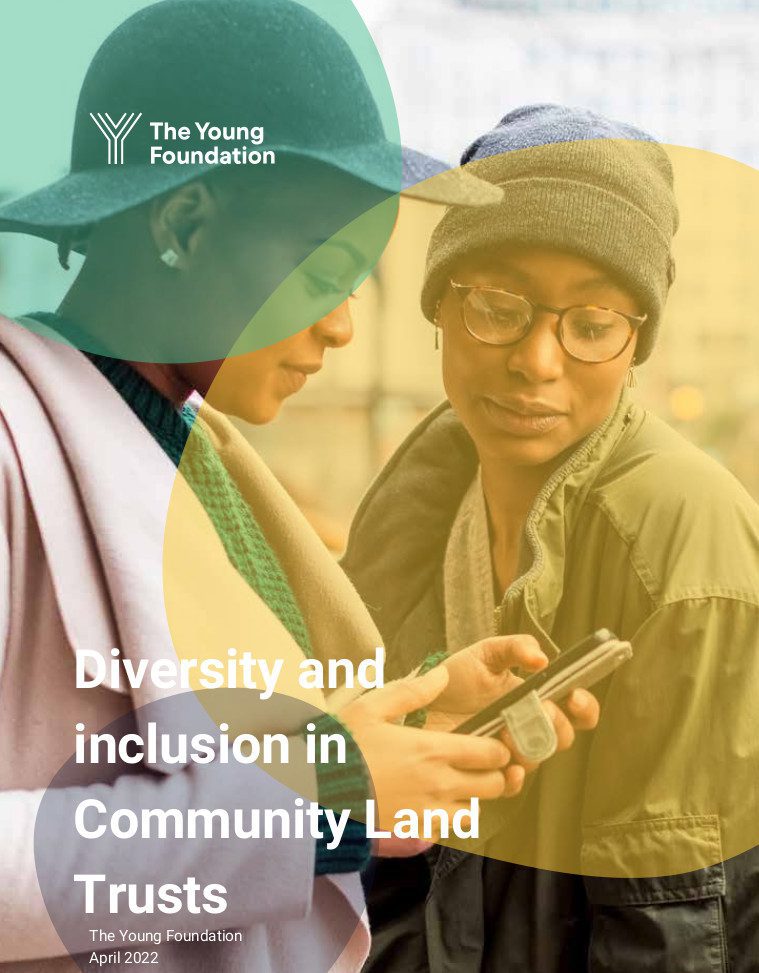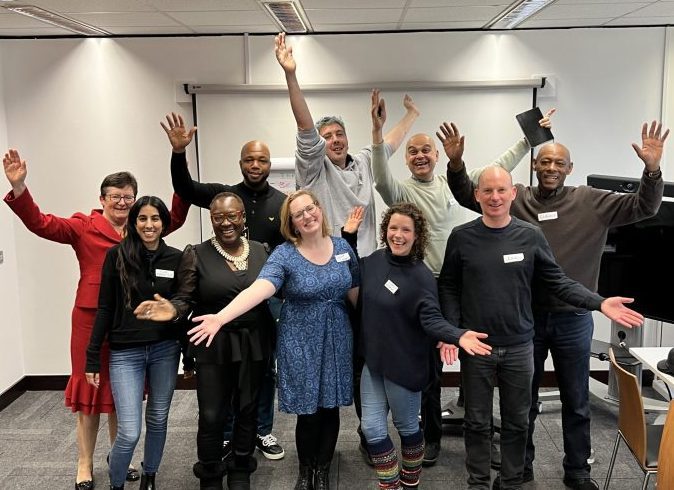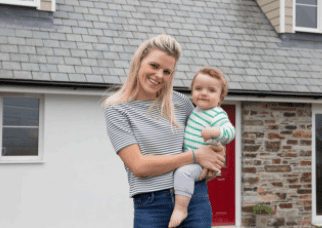Diversity, equity and inclusion are core values
We are committed to social justice, and to tackling injustice and inequality. We celebrate our roots in diverse movements including the American civil rights movement. We work as a movement to build power among those most marginalised, and to create a more equitable and inclusive future for all communities in England and Wales.
In fact, CLTs are legally obliged to do this. They must be governed by the people who live and work in their area, and that membership and board should be inclusive of the diversity of that community. Assets can only be used to develop a more equitable community – socially and economically, not to mention consideration of environmental sustainability.
But achieving this in practice is not guaranteed, and it is not always easy.
We work as a movement to understand and tackle the systemic causes of injustice in the land and housing systems. This page captures some of our key work in this area.
Peer research
We worked with the Institute of Community Studies to look at the barriers to improving diversity and inclusion for CLTs, particularly in relation to ethnic minorities, young people (of working age) and those on low incomes. The project was also interested in examining the practices which support diversity and inclusion within the movement.
The project used a peer research methodology. Peer research is a participatory research method in which people with lived experience of the issues being studied take part in directing and conducting research. In this project, The Young Foundation recruited and trained eight peer researchers from across England and Wales. These peer researchers conducted 30 interviews to examine diversity and inclusion in the movement.
The researchers found different understandings of diversity and inclusion among CLTs, and varying levels of willingness to focus on this core value. Many CLTs in the research had active strategies to improve the diversity of their membership and included targeted activities such as family fun days, specific outreach such as the provision of advice, and targeted work with organisations that support diverse groups. The report drew together recommendations for CLTs and our national network.

Black-led community-led housing: barriers, opportunities and good practice
It is well established that people of black and minority ethnic communities experience discrimination and disadvantage in housing. These communities are discriminated against in the planning, allocation and management of housing, and are more likely to live in insecure and poor quality housing conditions. While there is a long history of housing activism and leadership in these communities, such as BME Housing Associations, they have not been predominant in the leadership of the recent growth and development of community-led housing models.
We co-funded a research project to look at this, together with the Nationwide Foundation, Tudor Trust, Power to Change, Ubele Initiative and six local organisations – East Midlands Community Housing, Communities CAN, Community First Oxfordshire, Durham Community Action, Kent Community Housing Hub, and Cheshire Community Council.
The research was co-ordinated by Leeds Community Homes in partnership with Claude Hendrickson (Leeds Community Homes), Henri Baptiste (Pathway Housing Solutions), Yael Arbell (Sheffield Hallam University) and Tom Moore (University of Liverpool). It is a collaborative project between community-led housing practitioners and academics with research experience in this area.
You can read the final research report here.
Cohesive Communities Fund
With funding from M&G Investments and Power to Change, we ran a three year project to support sixteen Community Land Trusts make their communities more cohesive through their activities. The project had three strands:
- To boost their membership and board by trying new approaches to community engagement.
- To measure and monitoring how diverse and inclusive they were compared to their local area.
- To make progress on their projects, where they were already led by marginalised or minoritised groups.
Unfortunately the project was derailed by the COVID-19 pandemic; residential learning events had to be moved online, and groups struggled to do the community outreach as planned. But the project helped us, and the CLTs, learn a lot more about the challenges and tactics to developing a more diverse and inclusive movement.
We also brought some of the CLT leaders in the project together to form our first group of CLT Ambassadors, a diverse group who we have trained and supported financially to shout about the moment.

Become a member today
Build the future of housing





